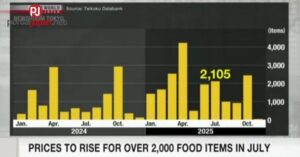The International Monetary Fund (IMF) expects the Philippines to post double-digit economic growth amid a steady improvement in public investment efficiency over the next 15 years.
In a report, IMF economist Takuji Komatsuzaki said the improvement in public investment efficiency generates substantial additional benefits particularly through higher gross domestic product (GDP) growth.
The IMF considered two scenarios in the working paper including a permanent increase in public investment by two percent of GDP financed by borrowing as well as the same increase in public investment financed by higher taxes.
According to the report, when public investment efficiency is improved to the 20 percent inefficiency, the same five percent of GDP public investment results in over four percent of GDP contribution to public infrastructure and a cumulative increase in GDP of nine percent to 11 percent after 15 years.
The government has committed to raise infrastructure spending to five percent this year from around three percent in 2014. The country’s GDP growth slowed down to 5.8 percent last year from 6.1 percent in 2014 due to weak global demand and dismal government spending.
The IMF noted a persistently low public investment in the Philippines averaging 2.5 percent of GDP between 2000 and 2014 – the lowest among member countries of the Association of Southeast Asian Nations.
Likewise, the World Economic Forum’s global competitiveness report has ranked the Philippines among the lowest in ASEAN and substantially lower than the ASEAN average in overall infrastructure and all of its subcomponents.
On the other hand, the country has made steady progress in governance and fiscal transparency based on the yearly improvement of its relative ranking in the World Governance Indicators of the World Bank since 2010.
Source and image: Philstar

















Join the Conversation